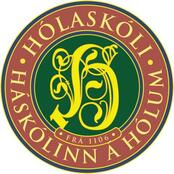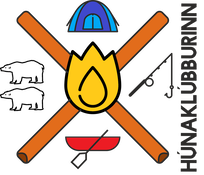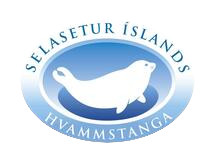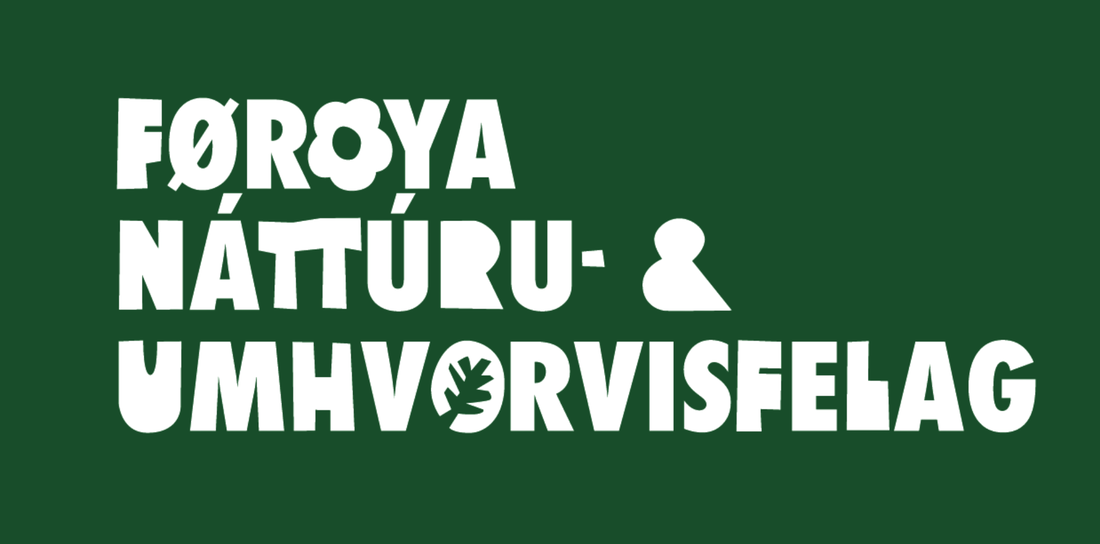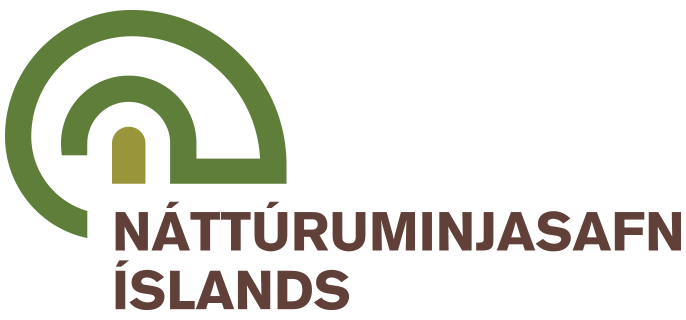|
As the NORA grant is ending and we are wrapping up the current phase of the Youth for Arctic Nature project, we have decided to take the YAN app down. Many lessons have been learned during its development and deployment, and we are positive about the potential to revisit the app in the future to further support citizen science projects.
Thank you very much to all of the testers, users, and collaborators that have provided help and feedback in the last three years!
0 Comments
The YAN team visited our partners in the Faroe Islands, FNU - Føroya Náttúru- og Umhvørvisfelag for Náttúruráðstevnan 2023, their conference on nature and education that was held on the 3rd of October in Tórshavn. We are so grateful to have had this opportunity to share our work and connect with scientists and educators in the Faroes, and hope this leads to more collaboration. This summer, participants in the Snæfellsnes seal counting pilot project collected seal monitoring data and answered questionnaires after the activity so more could be learned about their experiences. Overall, this pilot action was successful as it set good foundations for the future with positive feedback from local partners and participants. Going forward, we would like to continue and improve seal monitoring at Ytri tunga, and to widen the scope of this project to include other local wildlife, with the aim to:
A meeting with the project’s stakeholders is scheduled soon to discuss next steps. Photos are by Leo Guedes, a Snæfellsnes local and participant who sent us some of the beautiful pictures he took while participating in seal monitoring. Although the seals look to be very close, it is important to remember that these photos were taken with a long lens – while seal watching, please stay at least 100 meters away from seals when possible. We went out again on the 18th of July to see what kind of wildlife we could find in the Hvammstangi harbor. In Spring, the only crabs we found were spider crabs (Hyas araneus), but now in July the only species that seems to be around is the invasive Atlantic rock crab (Cancer irroratus). We found 5 yesterday, all of which were mature males. This pattern is consistent with previous years, and is probably due to these animals' life cycle: great spider crab mating occurs from February to April, while Atlantic rock crabs mate from August to September. It would be fascinating to study the transition in abundance of these two species in the shallow waters of Iceland, which occurs sometime between May and June. It is also interesting to note that all the individuals we found were males, which shows that females prefer deeper waters. All results from this year's harbor monitoring can be found on the free YAN app (see here for more information). References: Haefner, P.A. 1976. Distribution, reproduction and moulting of the rock crab, Cancer irroratus Say, 1917, in the mid-Atlantic Bight. J. Nat. Hist. 10: 377-397. https://doi.org/10.1080/00222937600770291 Harzsch, S., Miller, J., Benton, J., Dawirs, R. R., & Beltz, B. (1998). Neurogenesis in the thoracic neuromeres of two crustaceans with different types of metamorphic development. Journal of Experimental Biology, 201(17), 2465–2479. https://doi.org/10.1242/JEB.201.17.2465 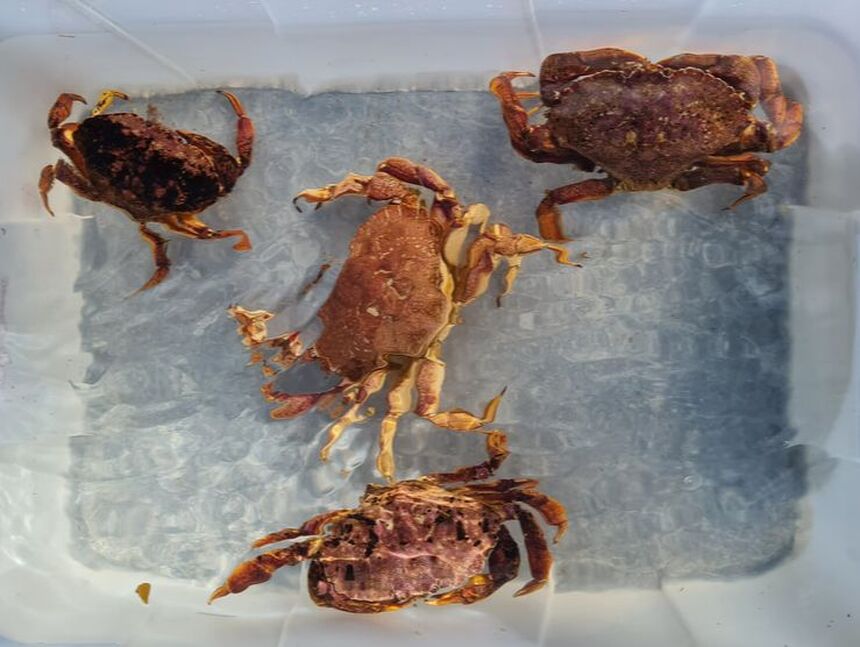 Mature male Atlantic rock crabs. Males grow up to 15cm while females only grow up to 10cm, and males have a triangle-shaped abdomen while it is more rounded in females.
Meghan Orman is a PhD student at University of Pittsburgh, Fulbright fellow at University of Iceland, and Youth for Arctic Nature collaborator, with her main research interest being the exploration of how humans connect with nature. She spent the school year 2022-2023 in Iceland under a Fullbright grant to study nature connectedness and well-being in Icelandic preschoolers. In connection with her project, the Youth for Arctic Nature project funded her trip to Norway this year from the 2nd to the 9th of June, with the goal to strengthen our ties to academic and organizational communities in Tromsø.
Meghan met with Dr. Monika Abels, our board member at University of Tromsø, and her master’s student, Helenah Gustavsson, who will be doing research on young children’s nature connection this Fall very using similar methods to what she has done in Iceland. This could lead to a joint paper with Helenah about Arctic children’s relationships with the natural world, as well as a possible theory paper in collaboration with YAN project leader Dr. Jessica Aquino and Dr. Abels on critically examining cross-cultural understandings of nature connection. She also gave a talk on her research in Iceland to people in the UiT Psychology Department interested in the topic of young children’s nature connection. Finally, Monika, Helenah and Meghan met with Katrine Opheim, Arctic Frontiers advisor, at the Fram Centre. Arctic Frontiers a Tromsø-based organization with the goal to foster valuable Arctic research in Norway and beyond. They had a wonderful conversation about the work they are doing, the Fram Centre, and the potential for programming and research collaborations with YAN in the next year. Like YAN, Arctic Frontiers aim to foster curiosity and increase knowledge about Arctic research in youth, to foster international collaboration, and to generate scholarly knowledge. Thank you very much for your work Meghan, hoping to see you soon again in Iceland! Youth for Arctic Nature is coordinating a citizen science project in Snæfellsnes, western Iceland. This initiative was created in partnership with the NorReg project and Snæfellsnes Regional Park. Participants will be collecting wildlife monitoring data and we will be interviewing visitors after the activity to learn more about their experiences. The wildlife monitoring data that we are collecting will be used for:
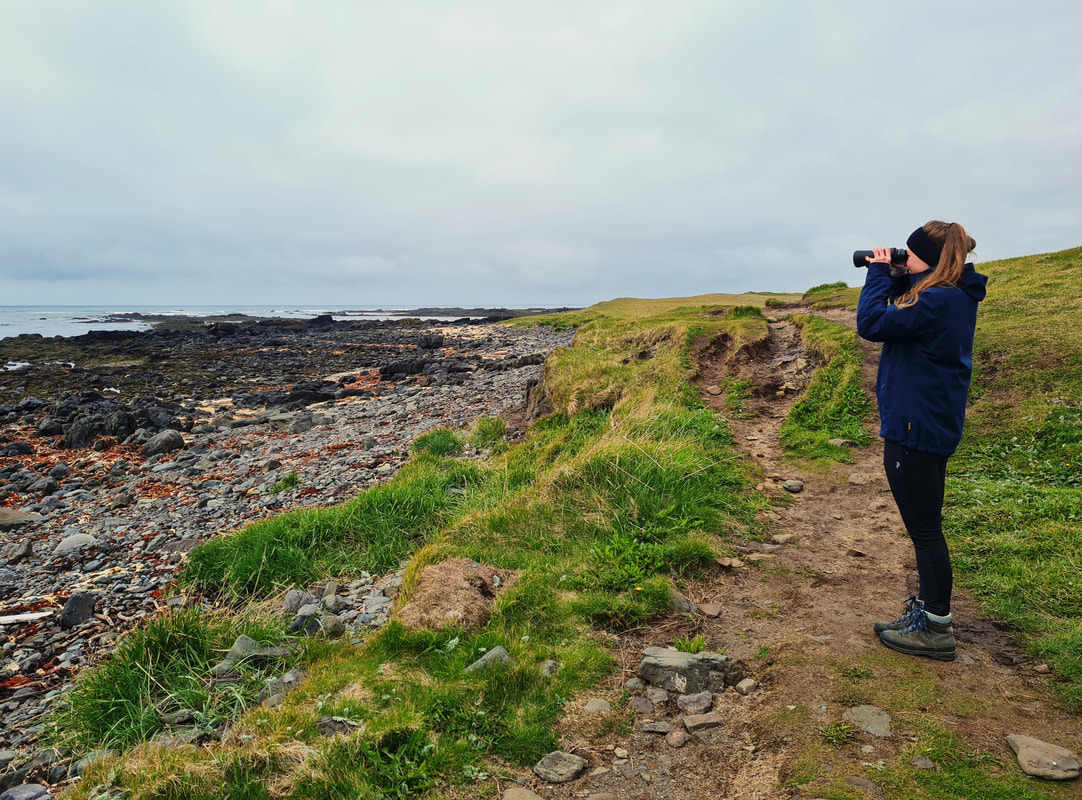 Seal monitoring in Ytri Tunga, Snæfellsnes Dagana 17. til 22. maí voru Deisi og Cécile frá Youth for Arctic Nature verkefninu í Seattle til að hitta frumbyggja og ekki frumbyggja fræðimenn frá Kanada, finnska hluta Sápmi (samískra landa í norðurhluta Fennoskandíu) og mörgum ríki Bandaríkjanna, þar á meðal Alaska og Washington. Þessi vinnustofa var sú síðasta í 3ja ára verkefni, "Co-Designing Civic Education for the Circumpolar North", og var lögð áhersla á að mynda samstarf til að þróa frekari hugmyndir og verkefni. Við erum mjög þakklát fyrir þetta ótrúlega tækifæri og mynduðum mörg tengsl sem við teljum að gætu verið byggð upp í átt að framtíðarsamstarfi.
From the 17th to the 22nd of May, Deisi and Cécile from the Youth for Arctic Nature project were in Seattle to meet with indigenous and non-indigenous scholars from Canada, the Finnish part of Sápmi (the Sámi lands of northern Fennoscandia), and multiple US states including Alaska and Washington. This workshop was the last one in a 3-year project, "Co-Designing Civic Education for the Circumpolar North", and it focused on forming collaborations to develop further ideas and projects. We are very grateful for this incredible opportunity and made many connections which we believe could be built towards future partnerships.
Vikan 17. apríl var fyrsta vöktunarvika krabba og sjávar með skólanum á Hvammstanga. Á þremur dögum tóku allir nemendur 5.-10. bekkjar skólans, auk Frístundar (1.-4. bekkur), þátt í þessu staðbundnu náms- og eftirlitsverkefni. Krabbagildrur voru settar upp á ýmsum stöðum í höfninni og síðan athugað með hópunum til að skrá hvað veiddist. Skráð voru veðurgögn, tegundir, fjöldi einstaklinga, tegundir, stærðir og þyngd dýranna. Algengasta tegundin sem fannst var Trjónukrabbi (Hyas araneus) var og allir einstaklingar sem fundust voru karlkyns. Einn karlkyns Litli trjónukrabbi - Hyas coarctatus) var fundust auk einnar Krossfiskur (Asterias rubens) og tveir Marhnútar (Myoxocephalus scorpius). Í krabbagildrunum fundust einnig algengar tegundir af Marfló og Polychaete ormar. Loks var grjóti þakið Sjávarsvampum (líklega tegundin Halichondria panicea) safnað við fjöru til að sýna æskuna úr Frístund. Öllum dýrunum voru sleppt á öruggan hátt.
Upplýsingarnar sem unglingar safnað voru færðar inn í Youth for Arctic Nature appið og eru aðgengilegar þar fyrir alla sem hafa áhuga. The week of the 17th of April was the first crab and sealife monitoring week with the school in Hvammstangi. Over three days, all the students of grades 5-10 of the school, as well as Frístund (grades 1-4), participated in this place-based learning and monitoring project. Crab traps were set in various parts of the harbor, then checked with the groups to record what was caught. Weather data, species, number of individuals, species, sizes and weights of the animals were recorded. The most common species found was the Common spider crab (Hyas araneus) was the most common species found, and all individuals found were male. One male Arctic lyre crab (Hyas coarctatus) as well as one Common starfish (Asterias rubens) and two Shorthorn sculpins (Myoxocephalus scorpius). Different species of Amphipods and some Polychaete worms were also commonly found in the crab traps. Finally, a rock covered in Sea sponges (probably the species Halichondria panicea) was collected at low tide to show the youth from Frístund. All the animals were safely released. The information collected by youth was entered into the Youth for Arctic Nature app, and is available there for anyone interested. The yearly ice fishing event with Húnaklúbburinn took place this Sunday, after a long wait in the last two weeks of cold weather for the ice to get thicker. We were lucky with a wonderful - but cold - weather, and the ice was thick and safe (32cm). One fish was caught in the nets installed earlier by local fishermen, and it was a beautiful Brown trout specimen weighing 800 grams for a length of 44 centimeters.
|
Archives
March 2024
Categories
All
|
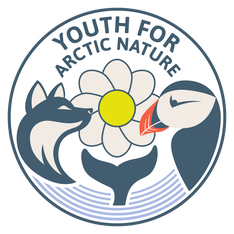
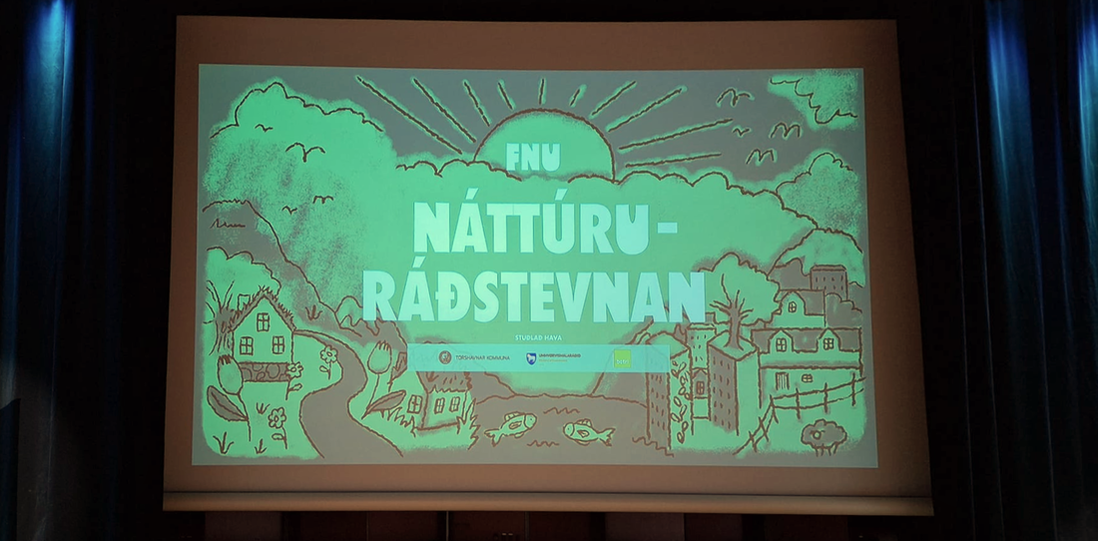
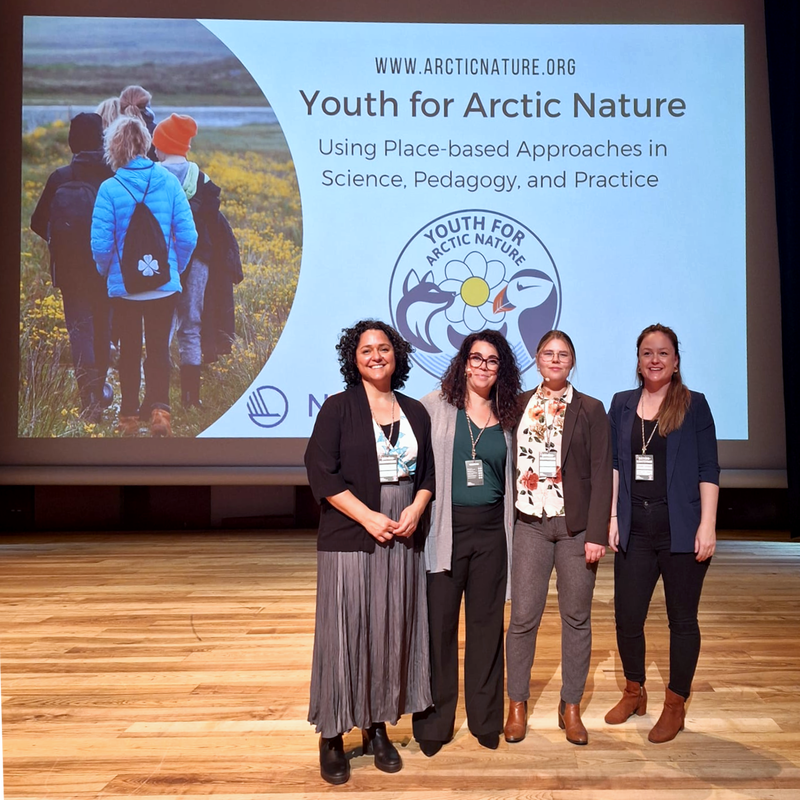
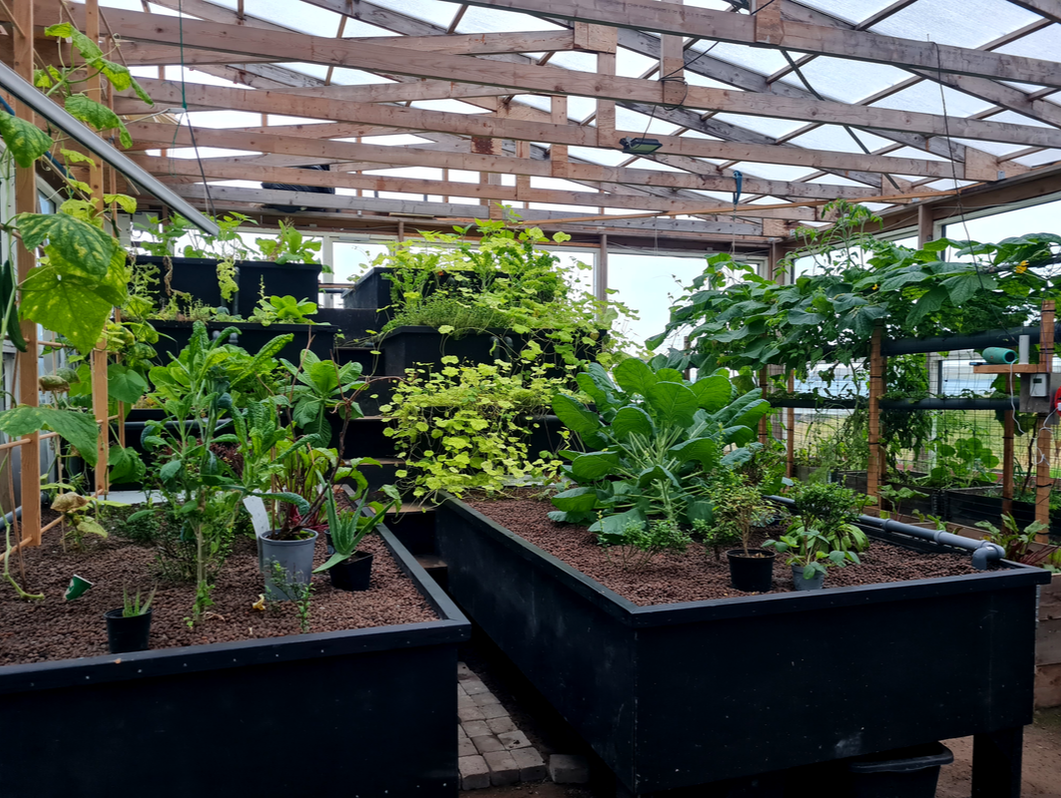
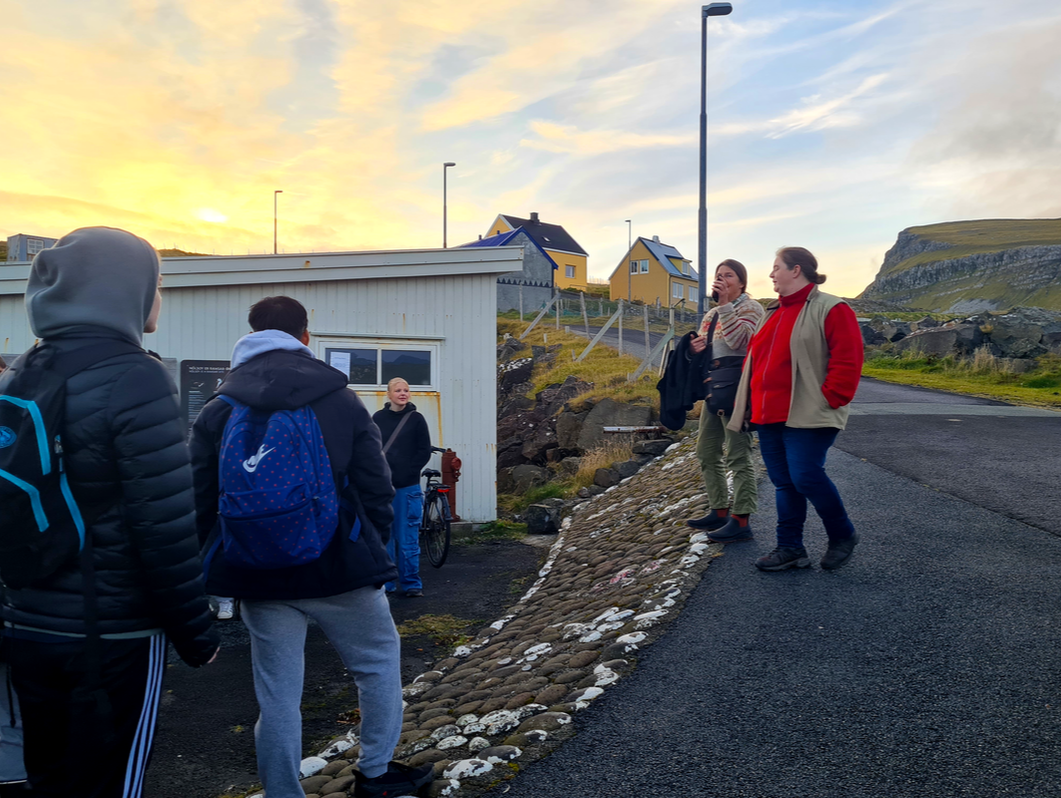
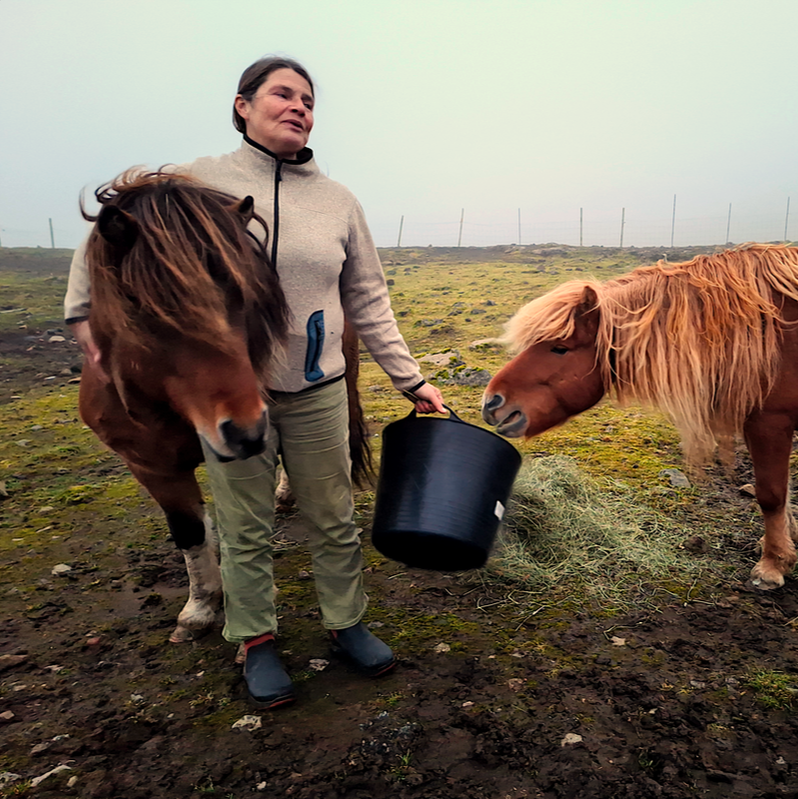
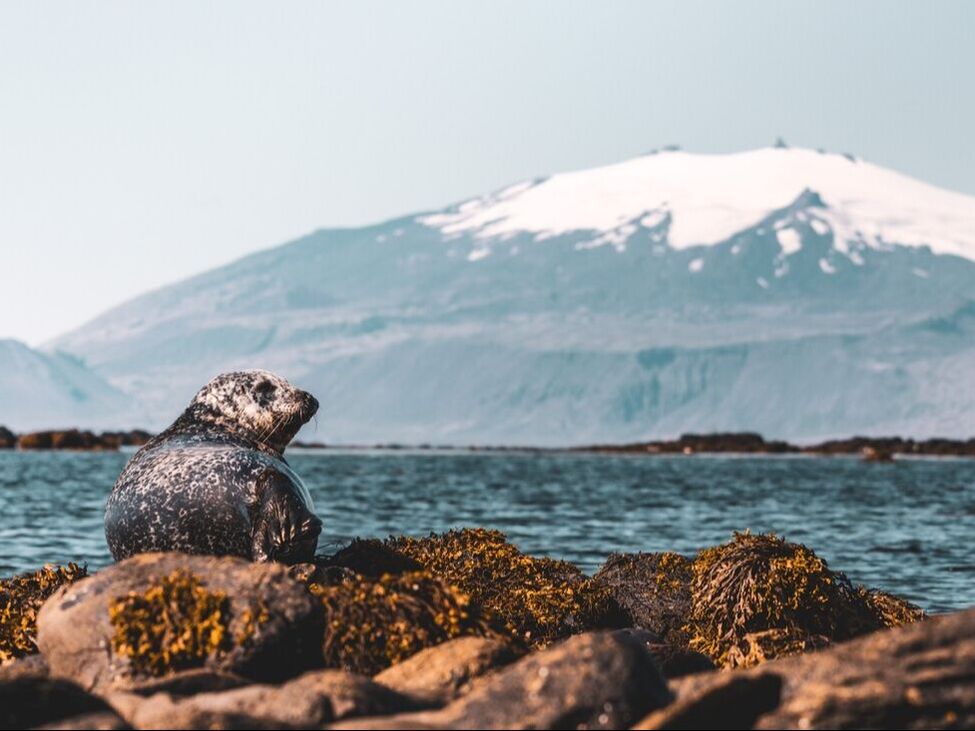
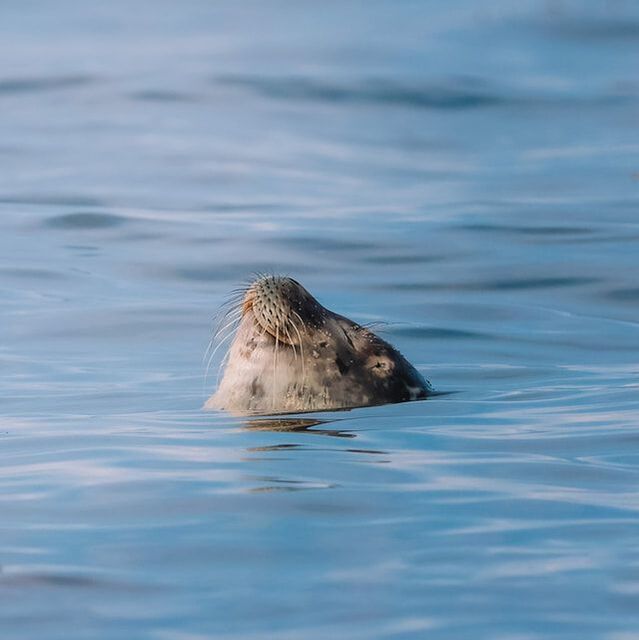
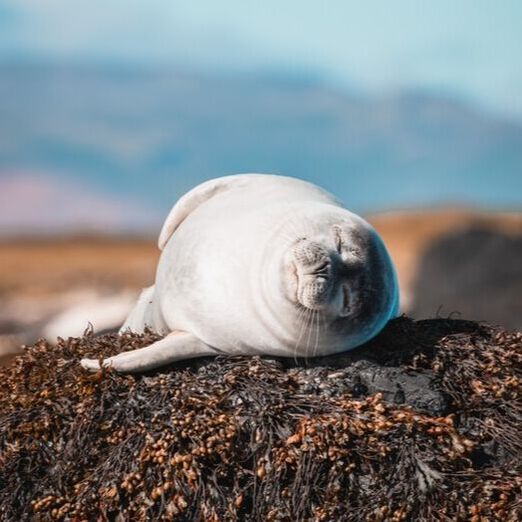
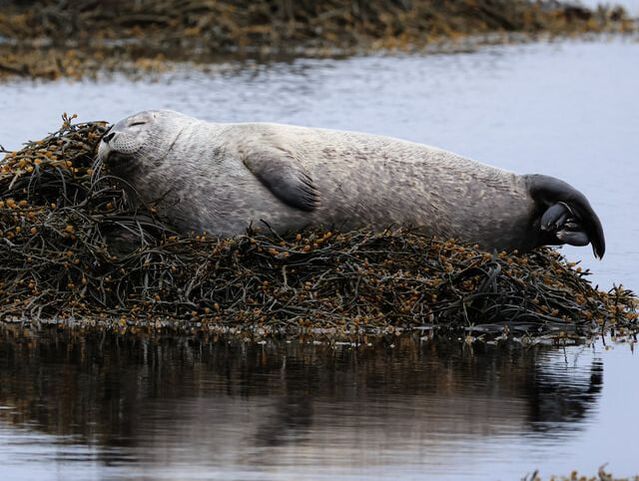
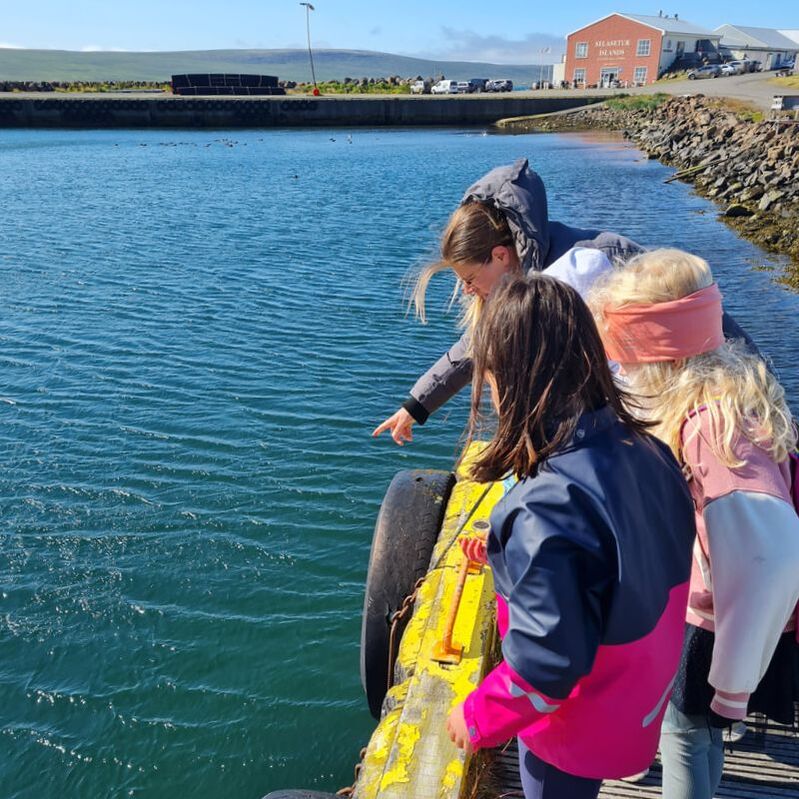
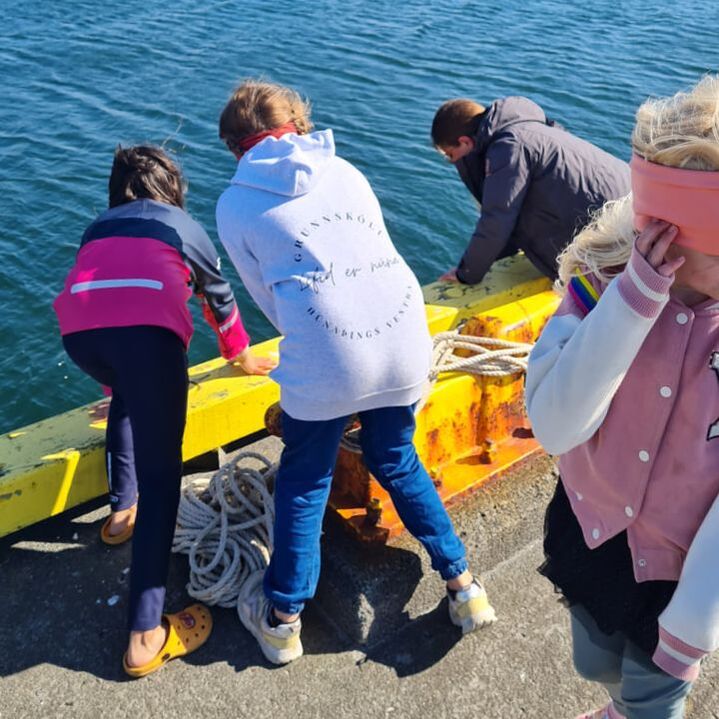
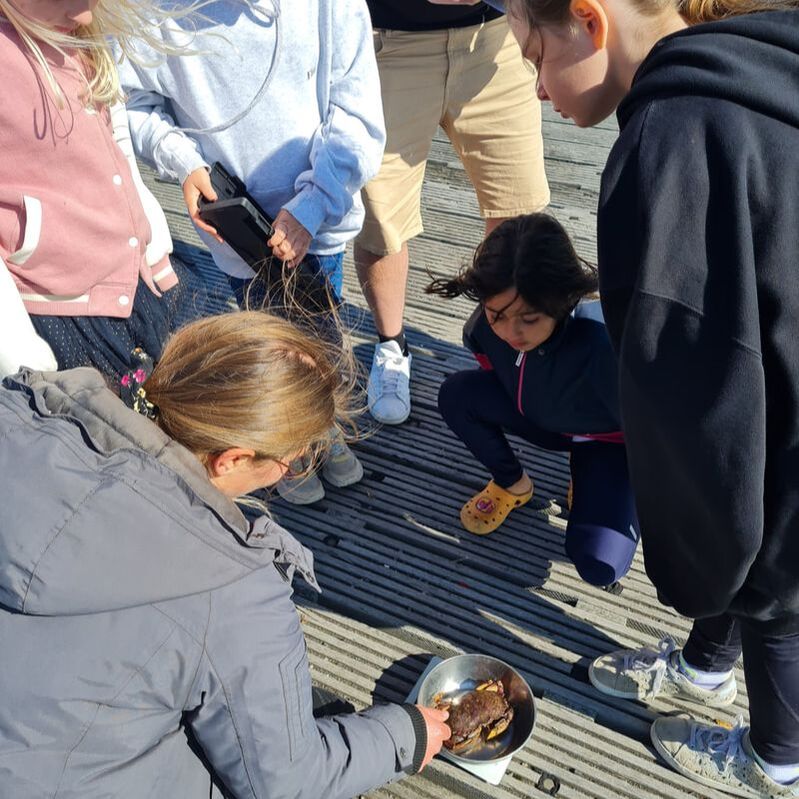
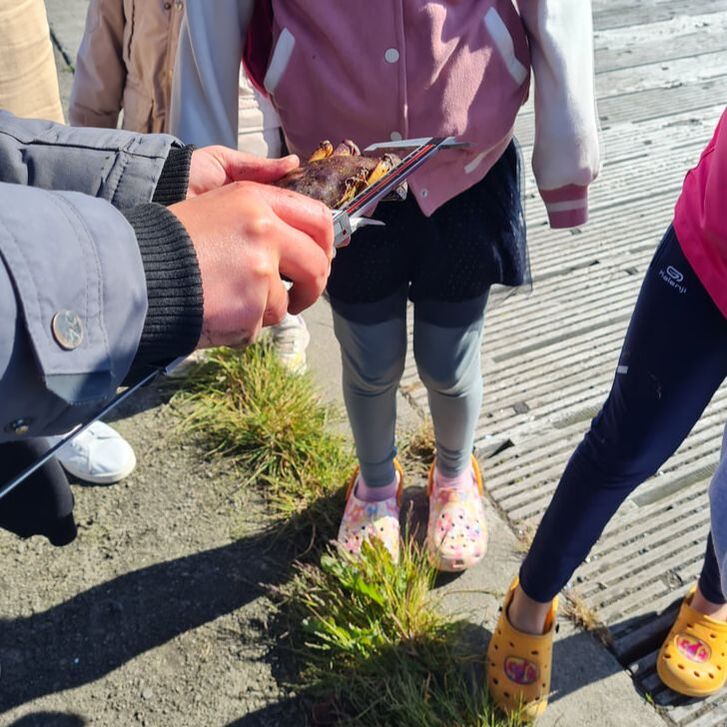

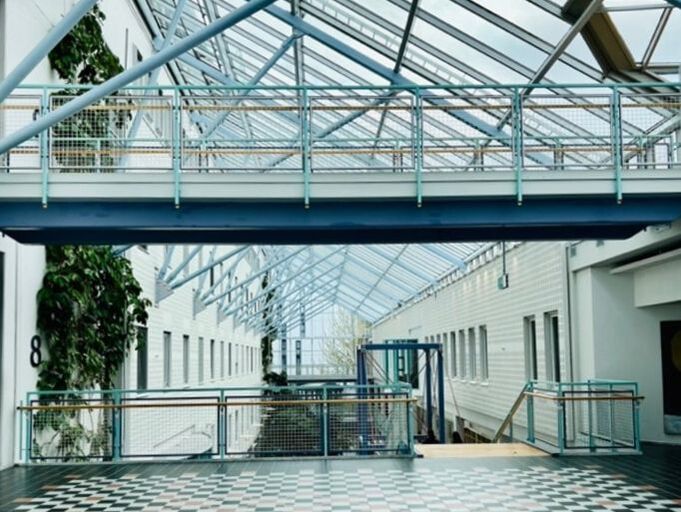
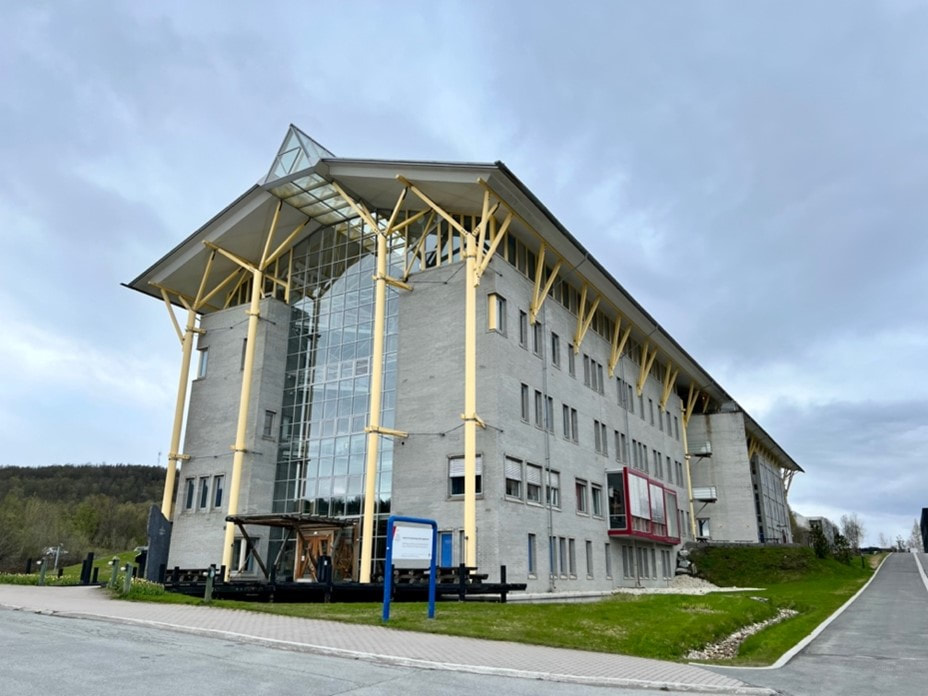
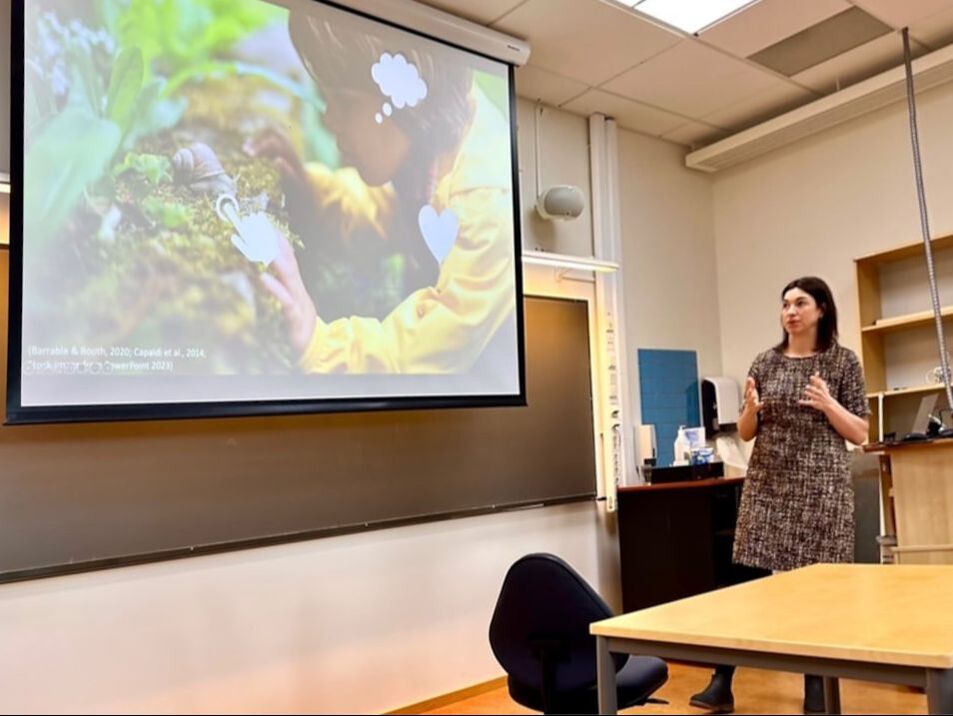
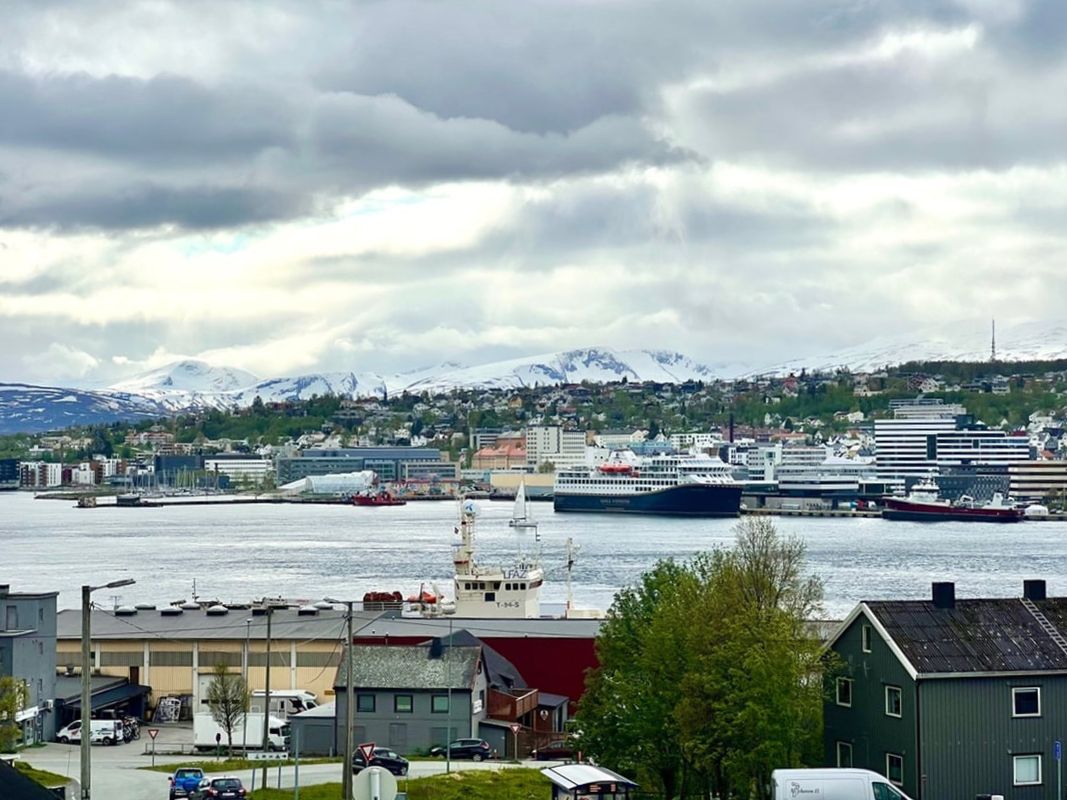

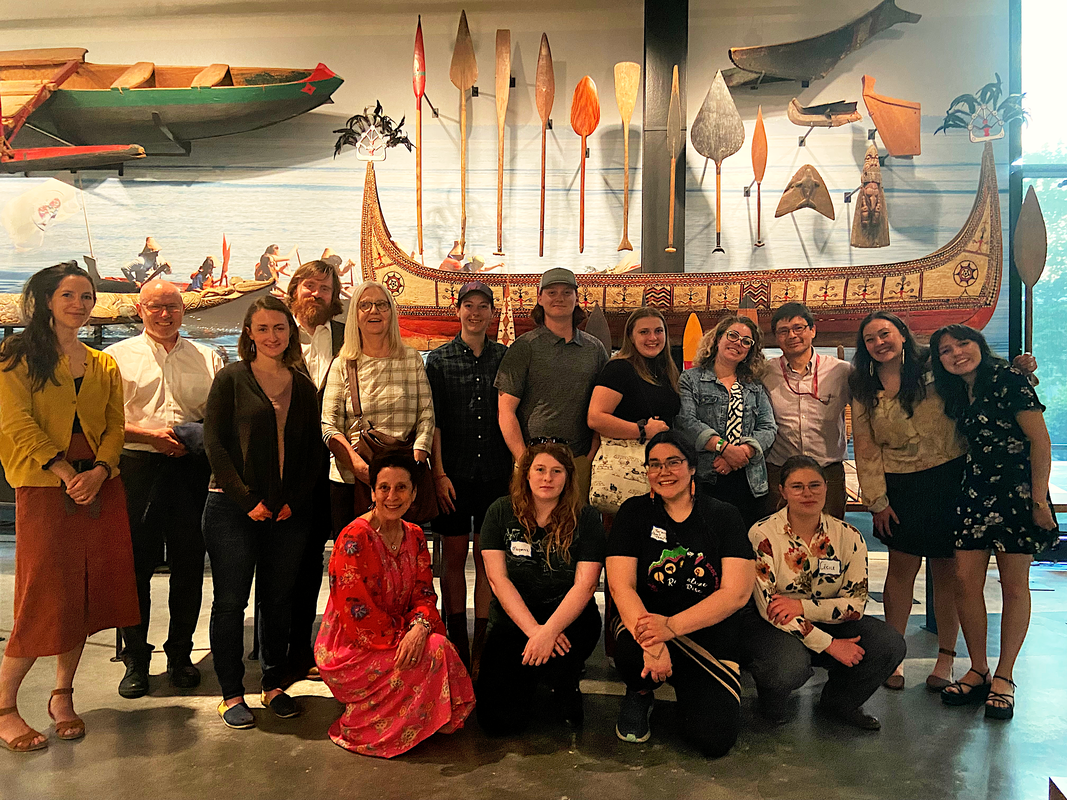
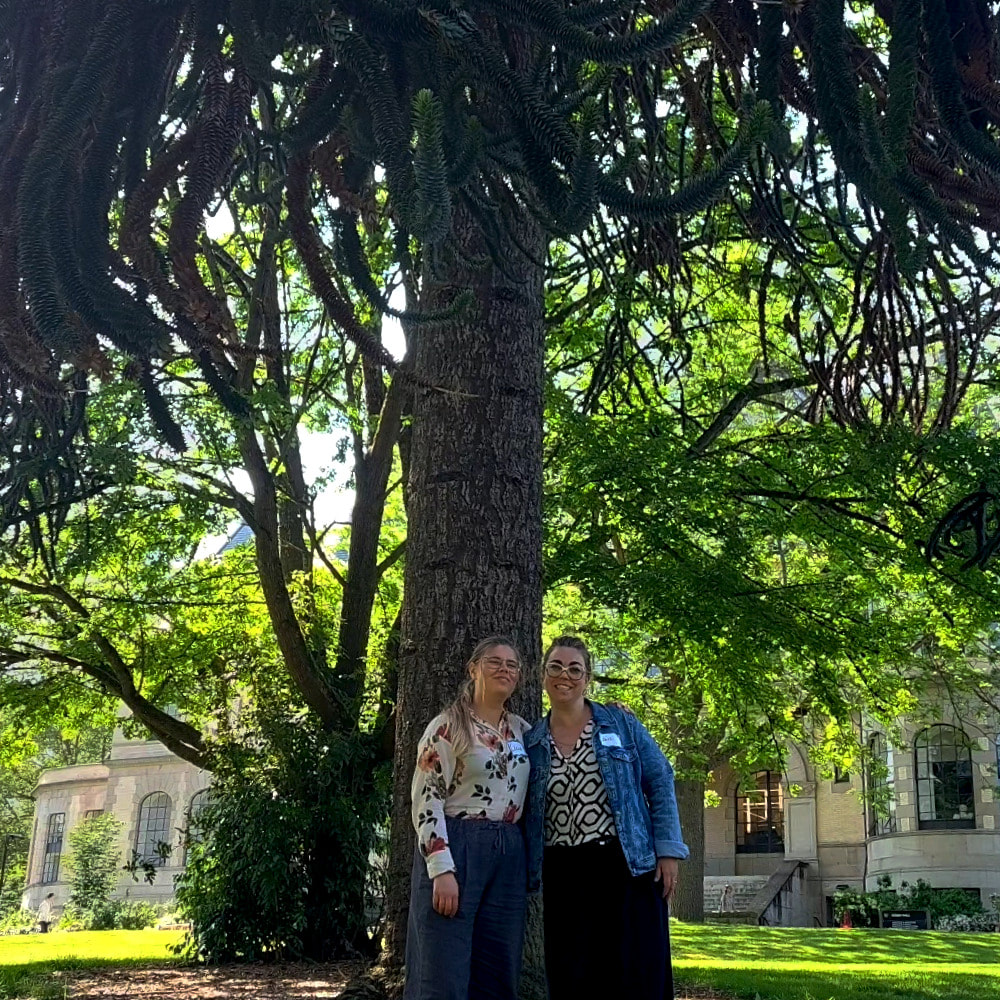
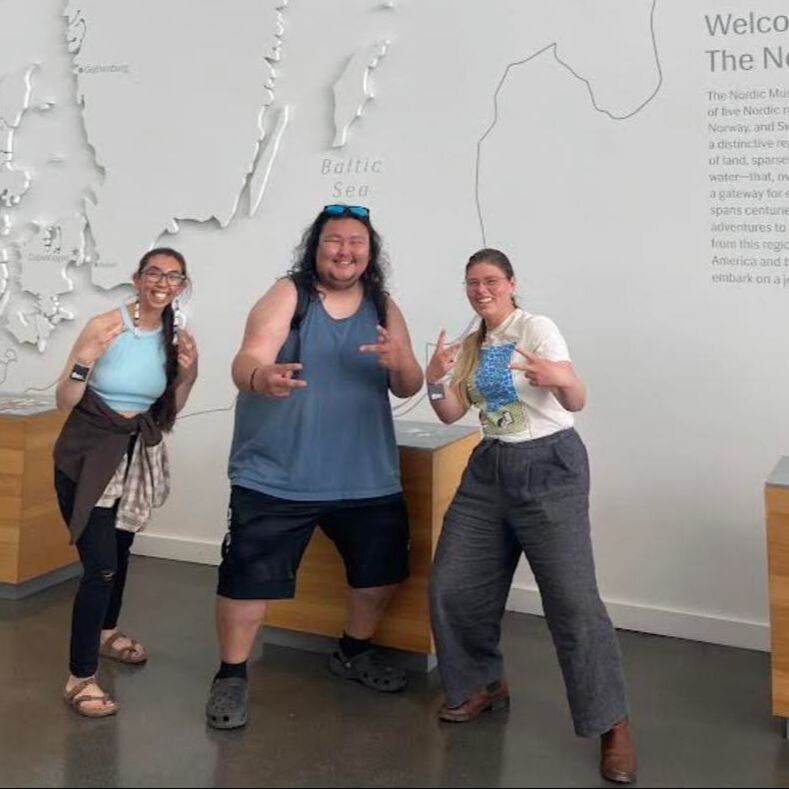
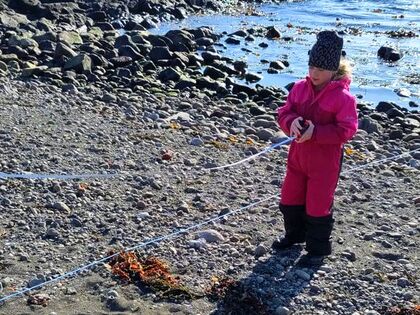
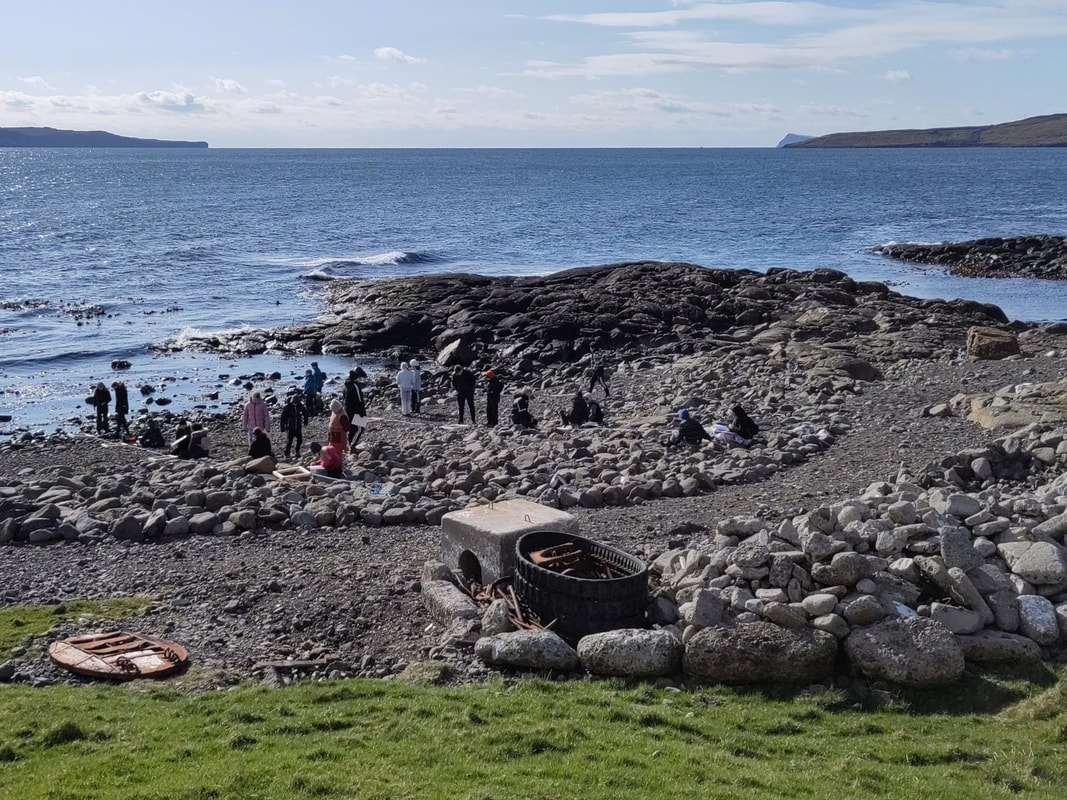
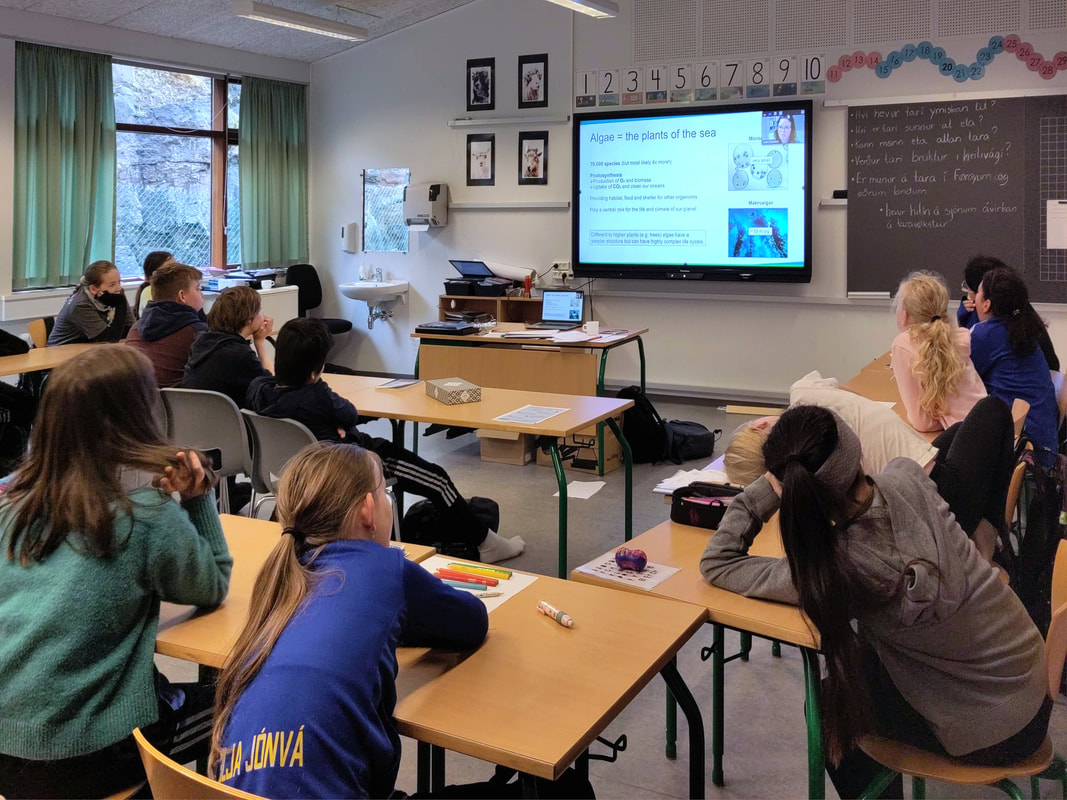
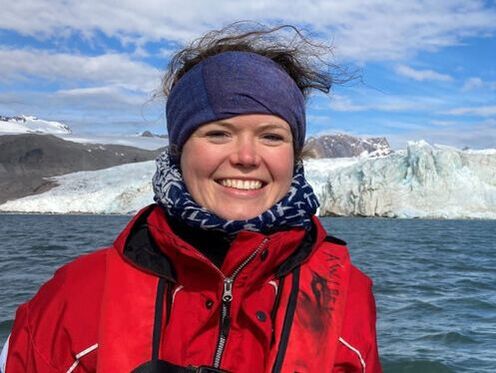
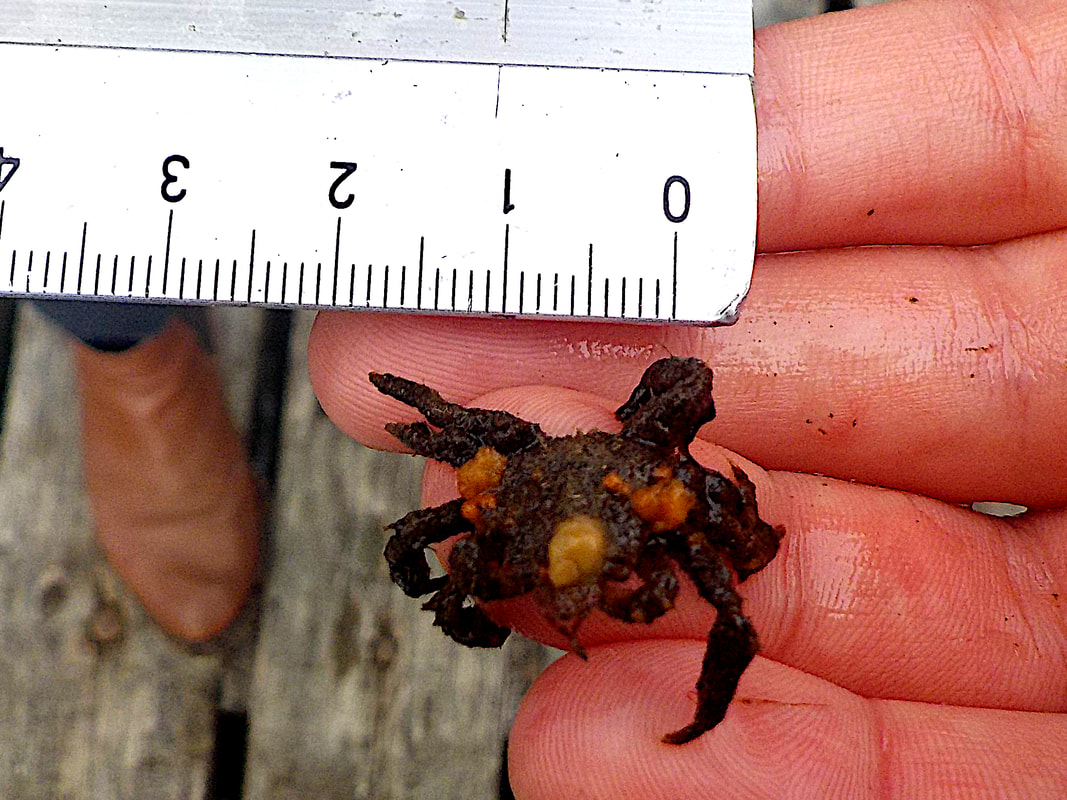
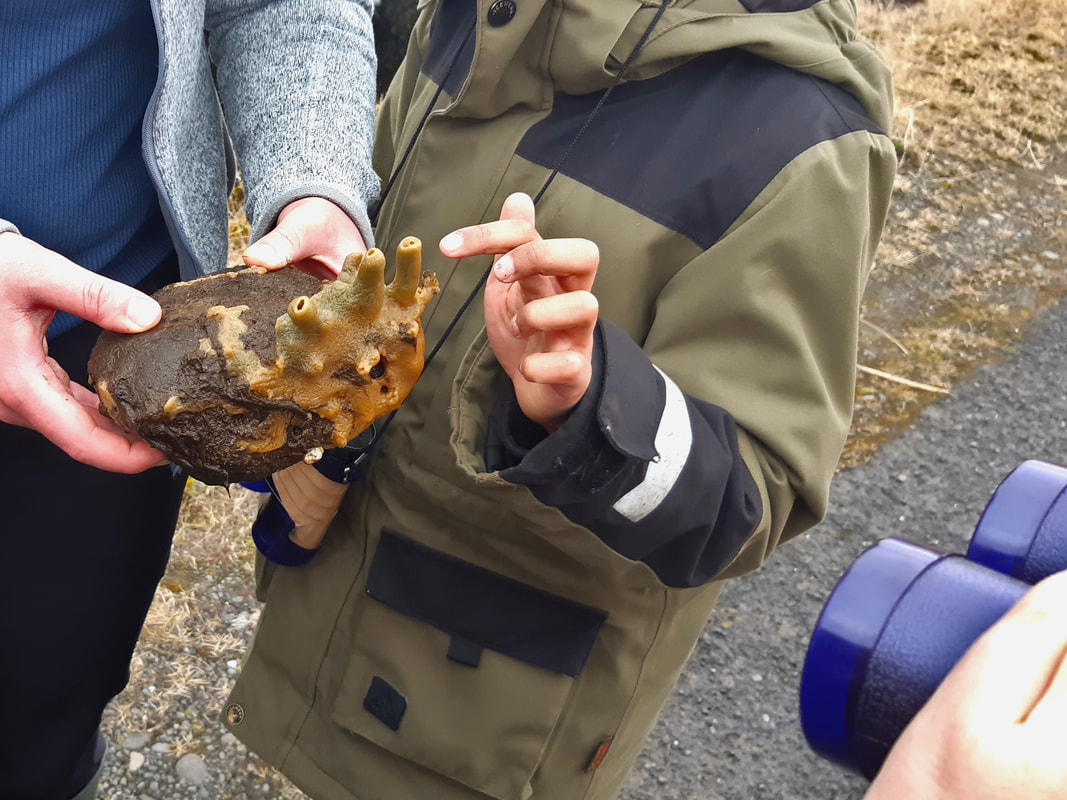
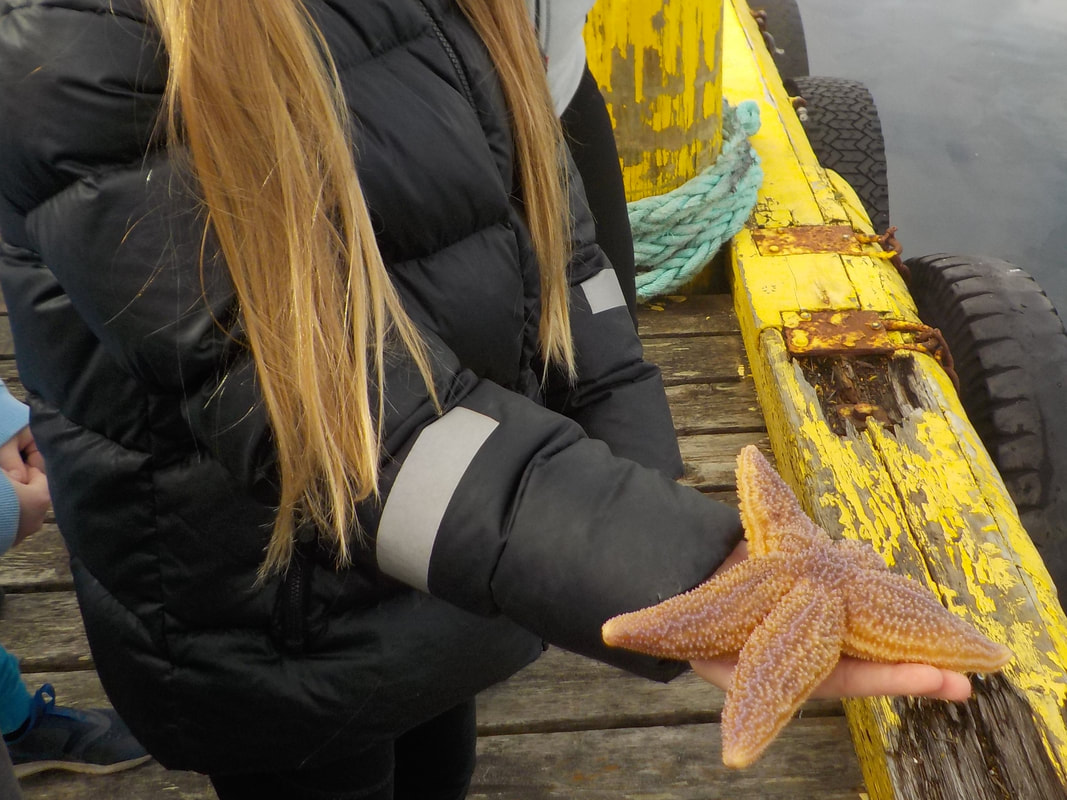
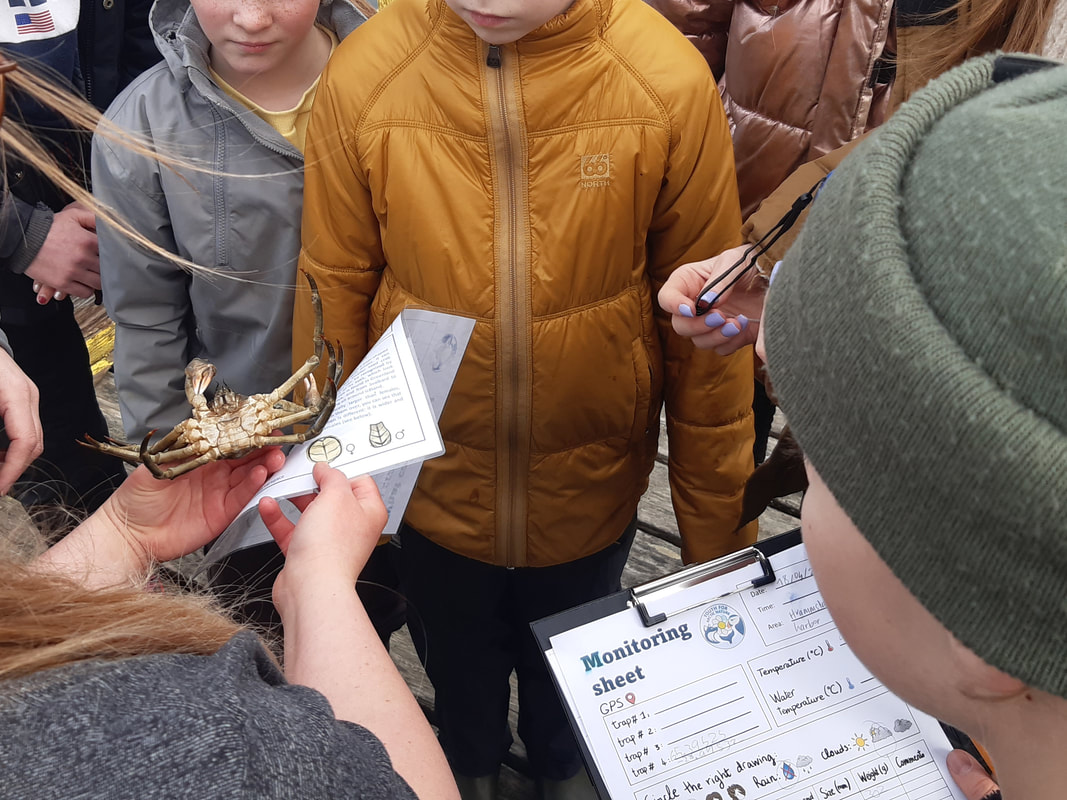
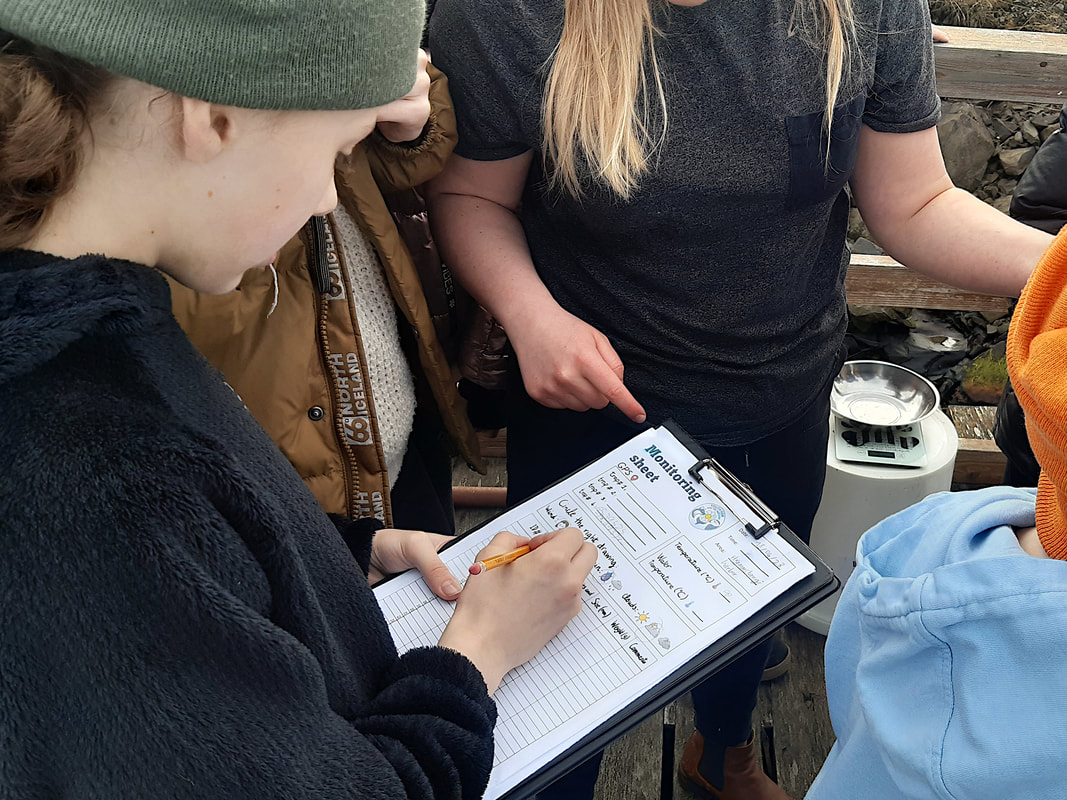
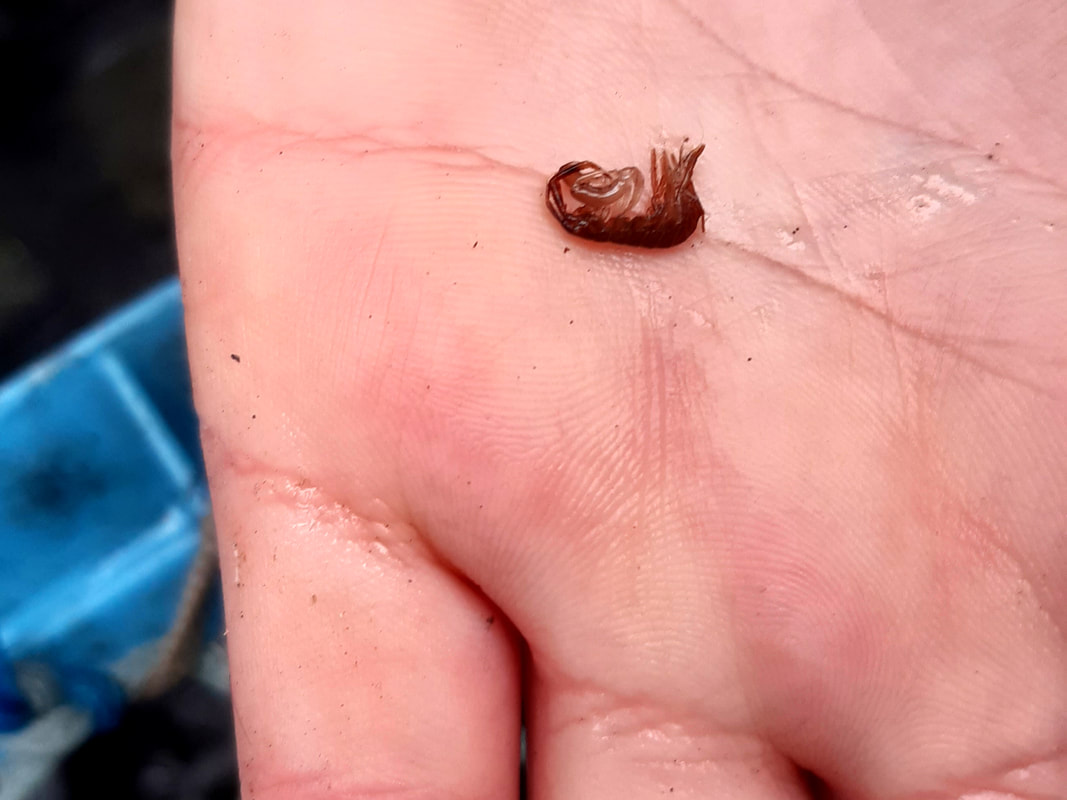
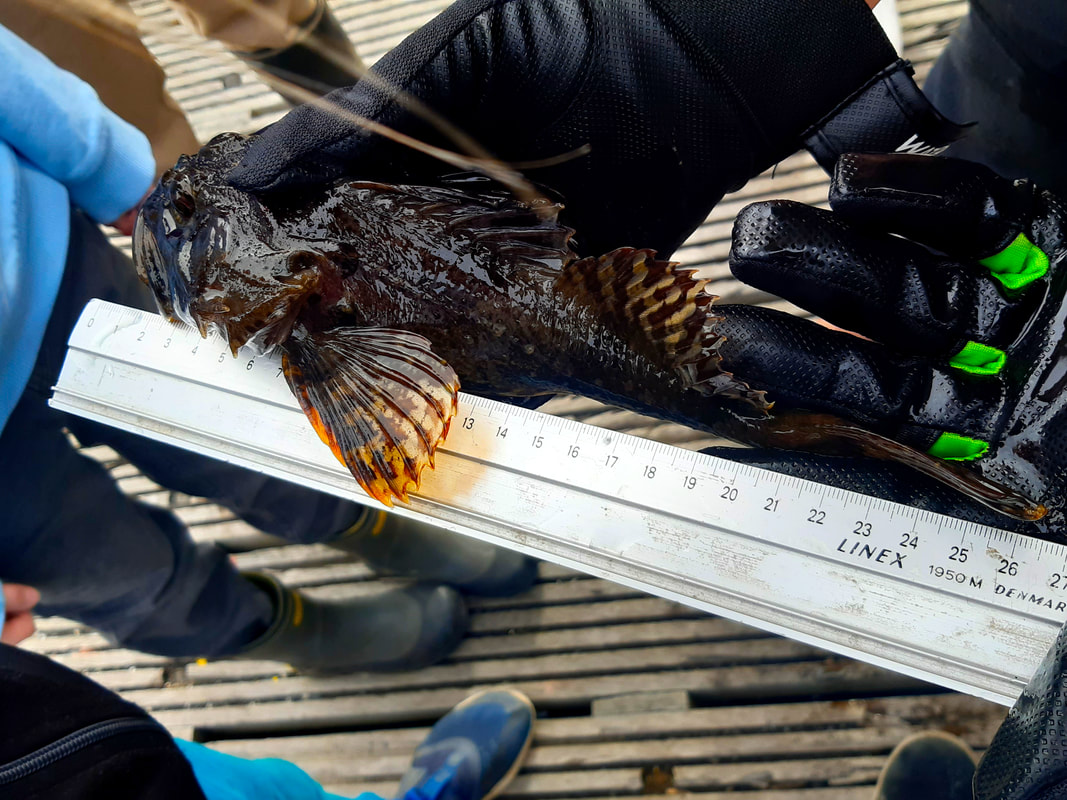
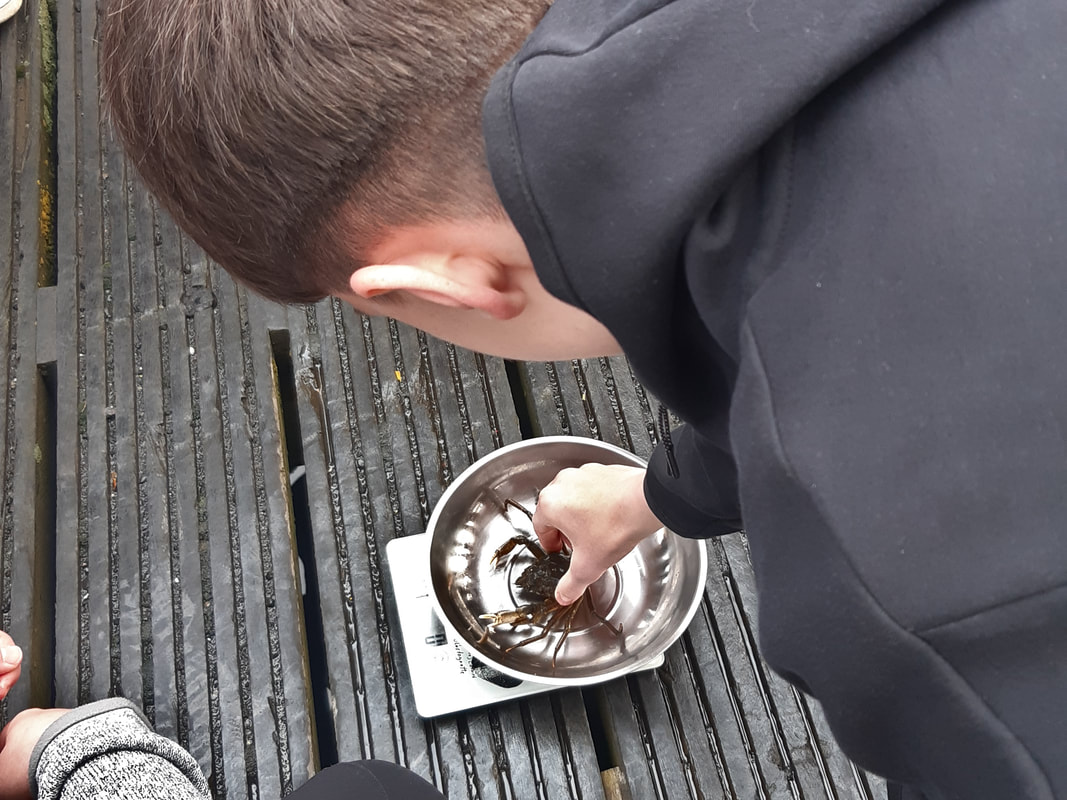
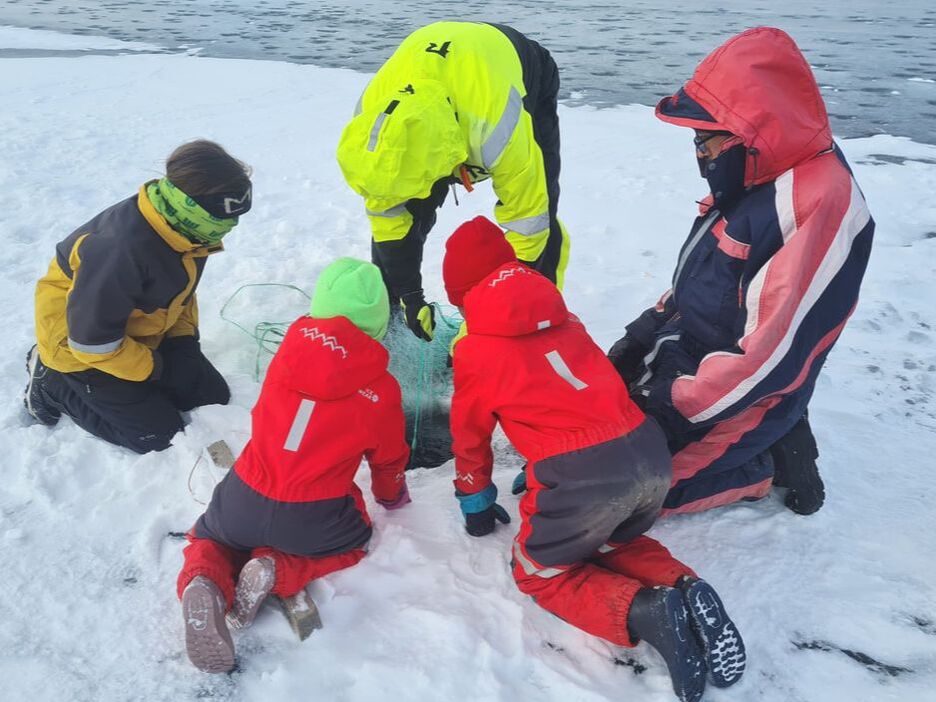
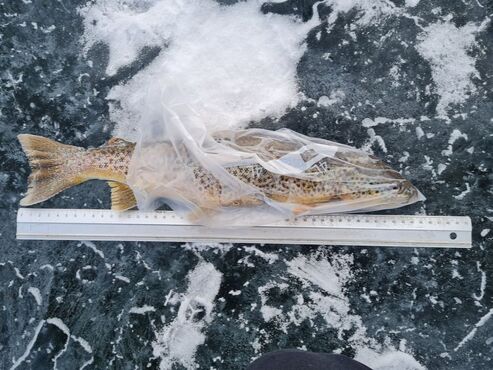
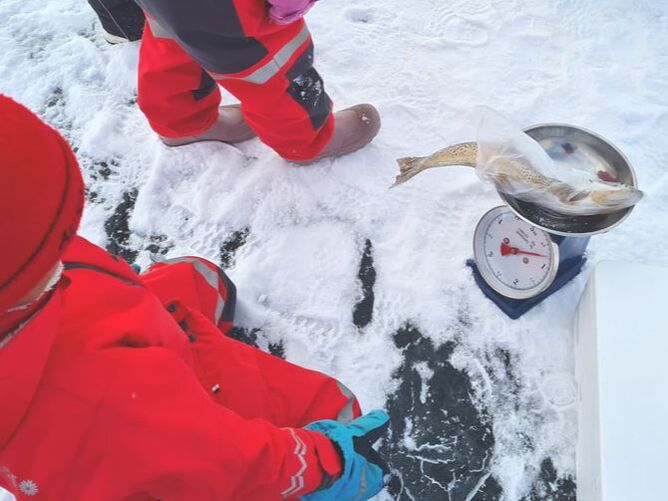
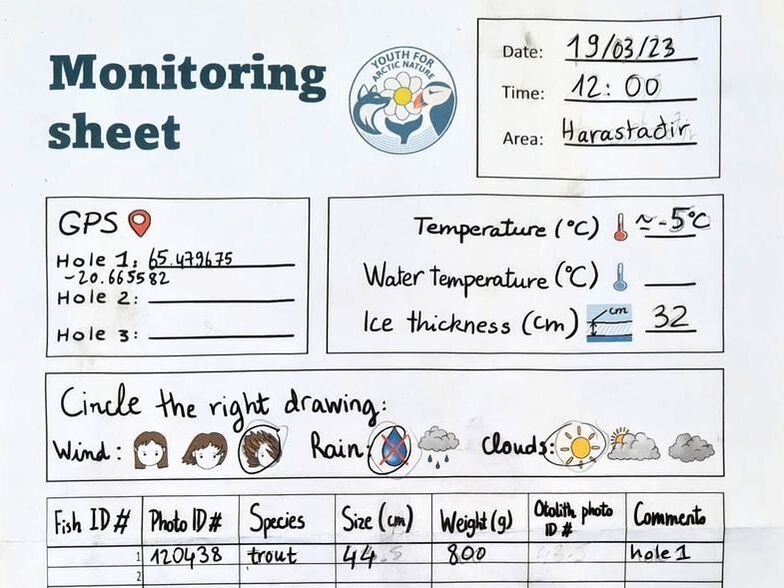
 RSS Feed
RSS Feed

